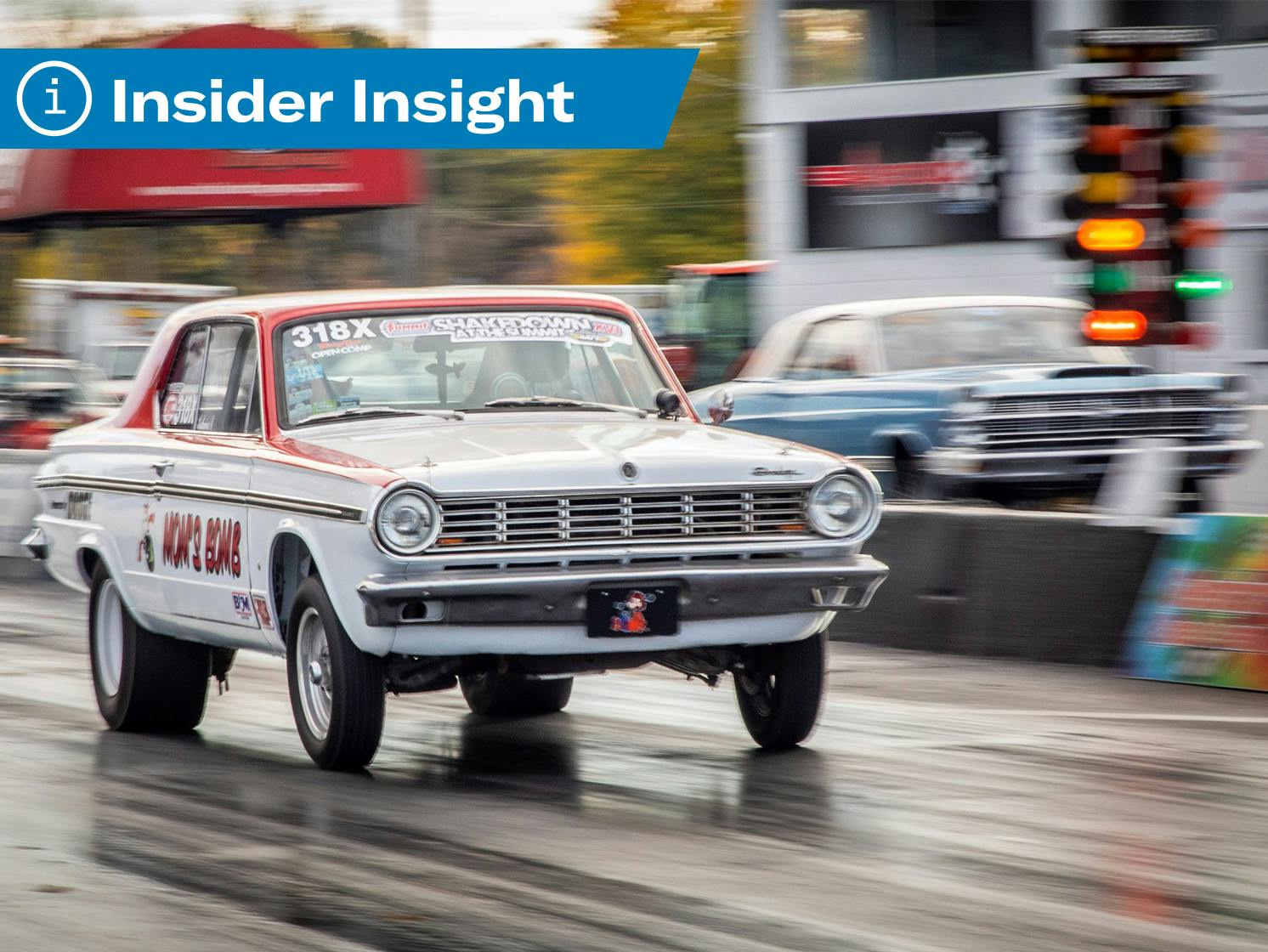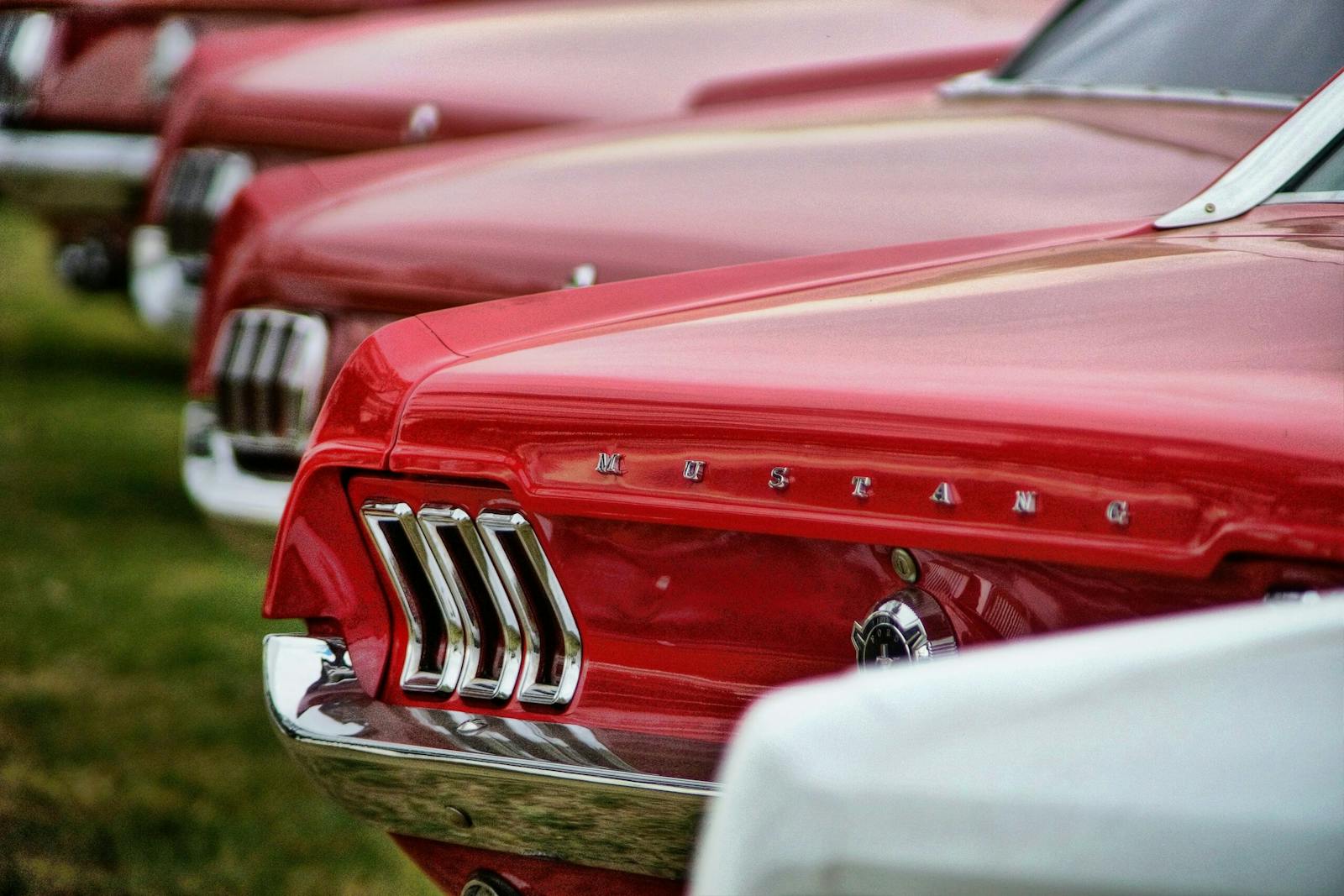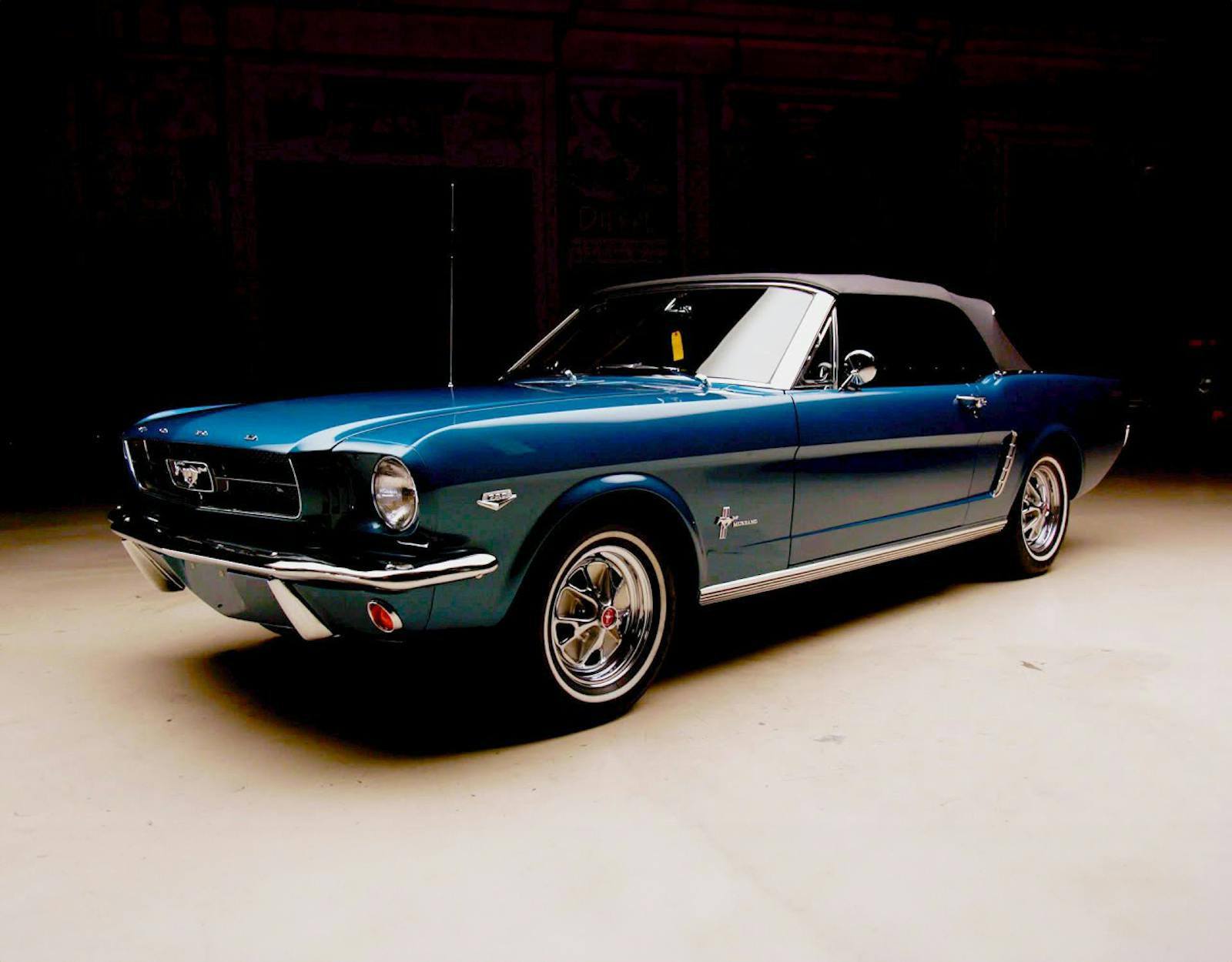Inflation is accelerating past classic car appreciation

After 15 consecutive months of growth, the Hagerty Market Rating has finally reversed course, dropping 1.42 points in the last month. This is the largest drop since the start of the COVID-19 shutdowns in April 2020. As then, the drop was spurred by macro-economic factors more than by events within the collector car market itself; yet there are signs that the period of unprecedented appreciation is coming to a close.
The Hagerty Market Rating, as we've explained before, measures the "heat" of the collector car market by looking at data points within our world—auction sales, Hagerty Price Guide values, insurance data—and beyond it. It's the latter that really dragged down the rating this month. Macro-economic indicators used in the Market Rating are at their lowest point in more than a year, pulled down primarily by the S&P 500 and price of gold. The U.S. Home Price Index and Total Retail Sales are both slowing as well. But the biggest factor is—you guessed it—inflation, which just accelerated to 9.1 percent in June 2022, the highest since 1981.
The relationship between collector-car values and inflation is complex. Some of the appreciation we've seen in recent months no doubt owes to the factors driving inflation elsewhere in the economy, including huge demand and supply shortages. Yet classic cars, like other tangible assets, have also no doubt seen investment from people hedging against inflation. If your money is growing less valuable by the day, why not park it in something that tends to grow in price over time?
On the whole, classic car appreciation over the last year has outpaced inflation. Until now, it seems. The Private Sales Activity portion of the Market Rating, which is comprised of the average sales price between private parties and the percentage of cars that sold above insured values, increased in absolute terms but dropped when adjusted for inflation. The story is the same with Auction Activity, which dropped a full point even though the number of cars sold is at a record high. The median sales price dropped just slightly from its high two months ago, but when adjusted for inflation, it's the lowest since October 2020.
Although the market has dipped, classic car prices remain high. Nearly half of cars are selling above their insured values and collectors are compensating by increasing insured values across the board. A good way to visualize this is to look at the Hagerty Hundred, a weighted average of Hagerty Price Guide values for the 100 most insured vehicles. The 0.2 percent drop in the Hagerty Hundred after the July 2022 edition was barely felt after the 27.7 percent increase from the start of 2021 to April 2022.
Expert Sentiment, which we measure by asking industry insiders to rate their confidence in the market from 1 to 100, also remains optimistic, despite dipping to its lowest point since October 2021. Consumer confidence appears to have has held strong through some economic uncertainty. How this will carry over into the Monterey auctions next month remains to be seen.

